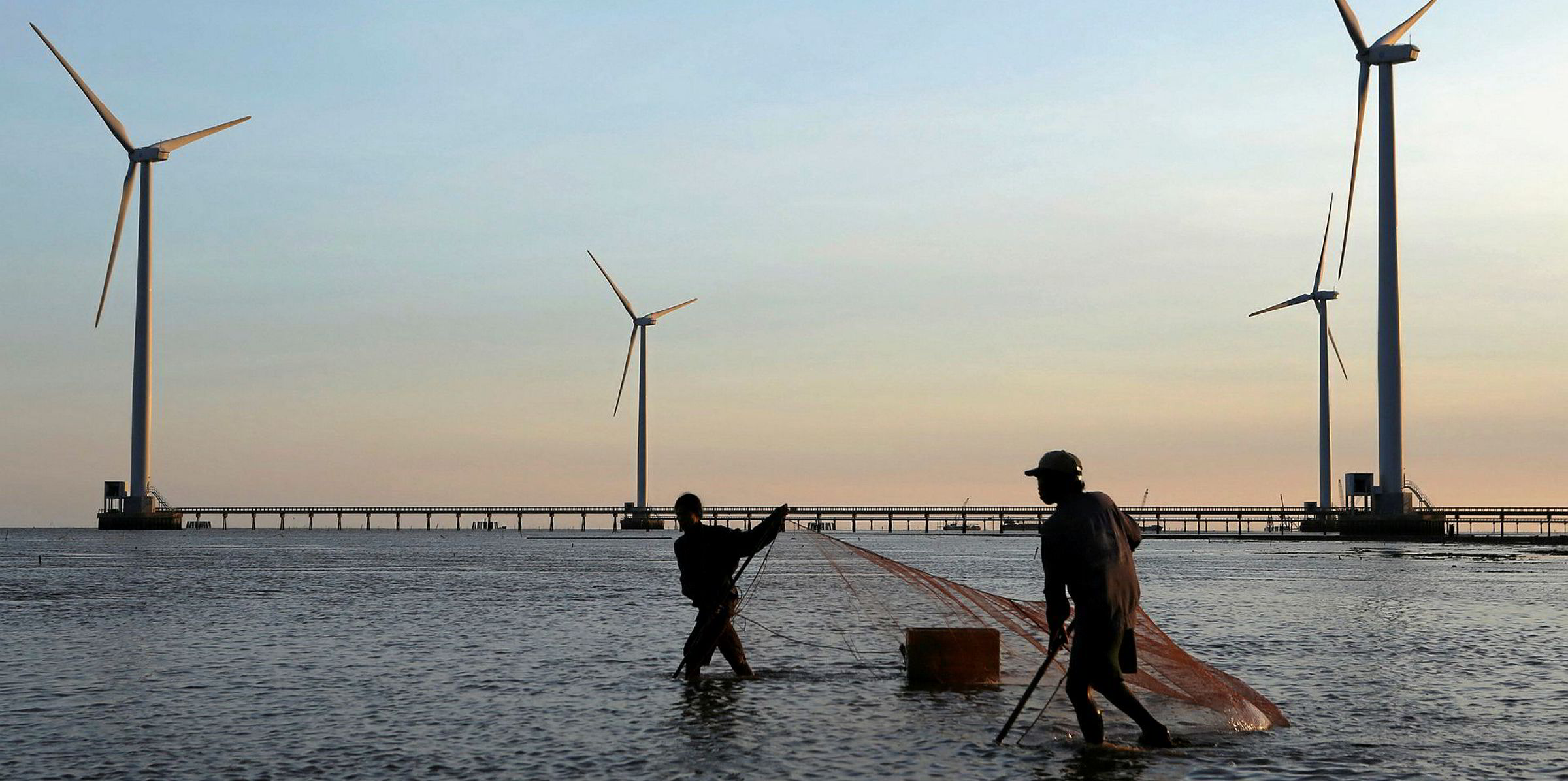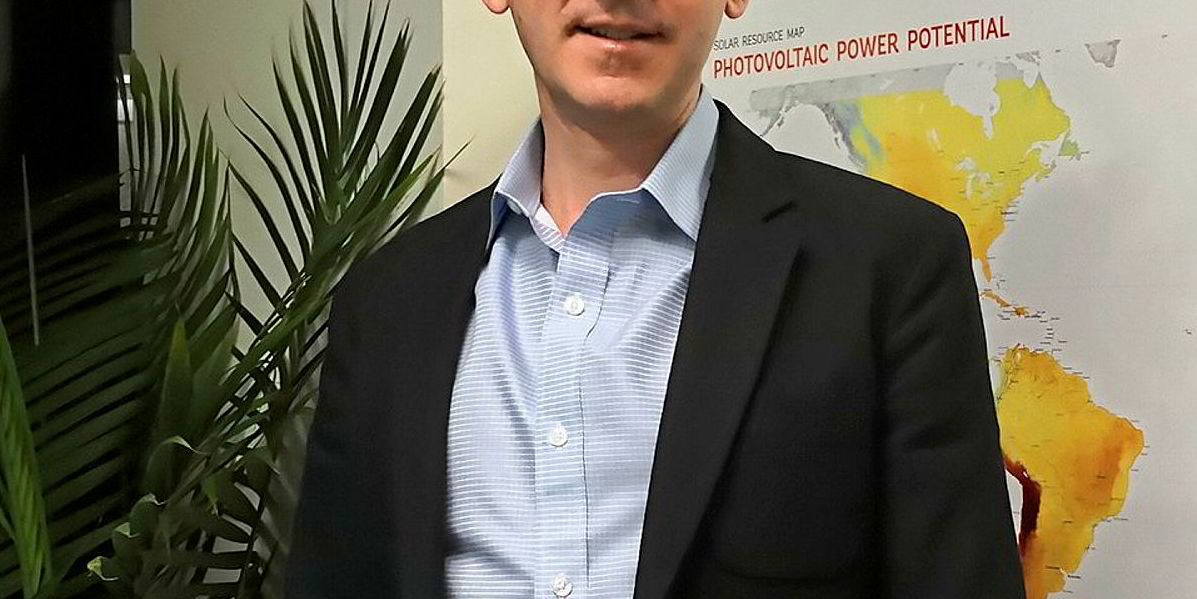Twelve countries are in line to be the first cohort of ‘emerging’ offshore wind markets to see backing under a $5m programme recently launched by the World Bank and International Finance Corporation (IFC) to fast-track take-up of the increasingly competitive energy resource around the world.
Vietnam, Algeria, Morocco, Brazil, Indonesia, Costa Rica, Poland, India, Sri Lanka, Argentina, South Africa and Turkey will receive support through the World Bank’s Energy Sector Management Assistance Programme to collect local wind and marine data, as well as exploring industry-linked economic development.
IFC senior renewable-energy specialist Sean Whittaker, who is heading up the fund with the World Bank's Oliver Knight and Global Wind Energy Council offshore wind task force chair Alastair Dutton, said the rapid, recent reduction in the levelised cost of energy of offshore wind – expected to go sub-€50/MWh by 2022 – is creating “a very clear interest” in many previously priced-out markets.
“Our timing could not have been better [in setting up the initiative],” said Whittaker, speaking to Recharge. “We have seen a very clear interest among a large number of emerging markets’ governments to figure this out [how offshore wind power might fit into their national energy systems]. There is an incredible buzz around the possibilities here; a surge in demand for information by the real decision-makers.”
Whittaker noted that beyond the vast potential energy resource to be harnessed in many of these “smaller” markets – he points to Vietnam’s fixed and floating technical potential of 309GW, South Africa’s 356GW and Brazil’s 526GW, as examples – it is the “vastly different contexts that this group of markets represents” that shows the “universal” potential of offshore wind as a mainstream power source.
“You have only to look at Brazil and Argentina, for instance, [in] the context they have in terms of industrial opportunity, for both fixed and floating. Or look at Vietnam, which is no longer talking about ‘if’ but rather ‘when’ – and ‘how’ – its offshore wind industry will get going.”
One of the “main messages” that has come out of first consultations with many of the governments now involved in the programme, said Whittaker, is that “regional cooperation will be key” to further honing the costs and energy economics of offshore wind power.
We want to create at least one ‘phase shift’ in the global offshore wind market’s industrialisation
“It was interesting to see Brazil and Argentina and Costa Rica gravitate together [during recent meetings] and saying: ‘There is a clear collective interest in our working together, both in terms of power production and industrial development’. Similarly, with several of the Mediterranean countries, Algeria, Morocco and Turkey ….
“It’s the scale [of offshore wind projects] that brings these countries together in a positive way. Let’s not forget that many of these countries have existing offshore oil & gas industries that can be mobilised on [offshore wind turbine] foundations, cabling infrastructure, marine surveys and so on. There is a great shared potential in many cases.”
A record-setting 5GW of offshore wind was wired-in globally in 2018, according to industry advocacy body the World Forum for Offshore Wind, taking total installed capacity to over 22GW. Most analysts forecasts expect over 500GW to be turning by 2050.
Dutton believes the emerging markets fund will provide a booster for the second stage of the industry’s globalisation by “joining it all up”.
“From its origins off Europe, offshore wind is going international but in a rather piecemeal fashion, country-by-country, company-by-company, and that’s too slow. We want to be one [of those] joining it all up and adding momentum,” he said.
“The non-OECD [Organisation for Economic Co-operation and Development] countries being brought in are the next phase in the industry’s expansion. This needs to be thought of in the global perspective. We want to create at least one ‘phase shift’ in this market’s industrialisation,” said Dutton.
“The sooner the learnings gained in Europe, and now increasingly in the US and parts of Asia, Taiwan, for starters, can be given local application in these new markets, the better.”
The approach being used by the Word Bank-IFC fund will lead-off with a 12-point ‘offshore wind market readiness assessment tool’ before providing countries with a tailored “feasibility study” overarching marine and geospatial planning, wind resource potential, and supply chain and wider economic development.
“This underlines the regional specificity potential of offshore wind at the same time as its globalism,” Dutton noted, adding that all countries will be able to access the World Bank’s Global Wind Atlas, which is newly expanded for 2020 to provide data out to 200km from land “to encompass a wider swathe of the opportunity represented by offshore wind”.
Whittaker says: “I remember in 2006-2008 when onshore wind had its ‘Aha!’ moment, the prices fell through the floor and this has brought us to where we are now, with one of the most cost-competitive forms of [power] generation on the planet.
“Five years later, solar PV went through the exact same thing. And now – somehow we are surprised it can happen again – fixed bottom offshore wind is going through it…. Floating offshore, next few years, is going to be there. Sometimes we have a collective amnesia about what can be done when you mobilise markets.”



